Why Won't My Okra Bloom – What To Do For Okra With No Flowers
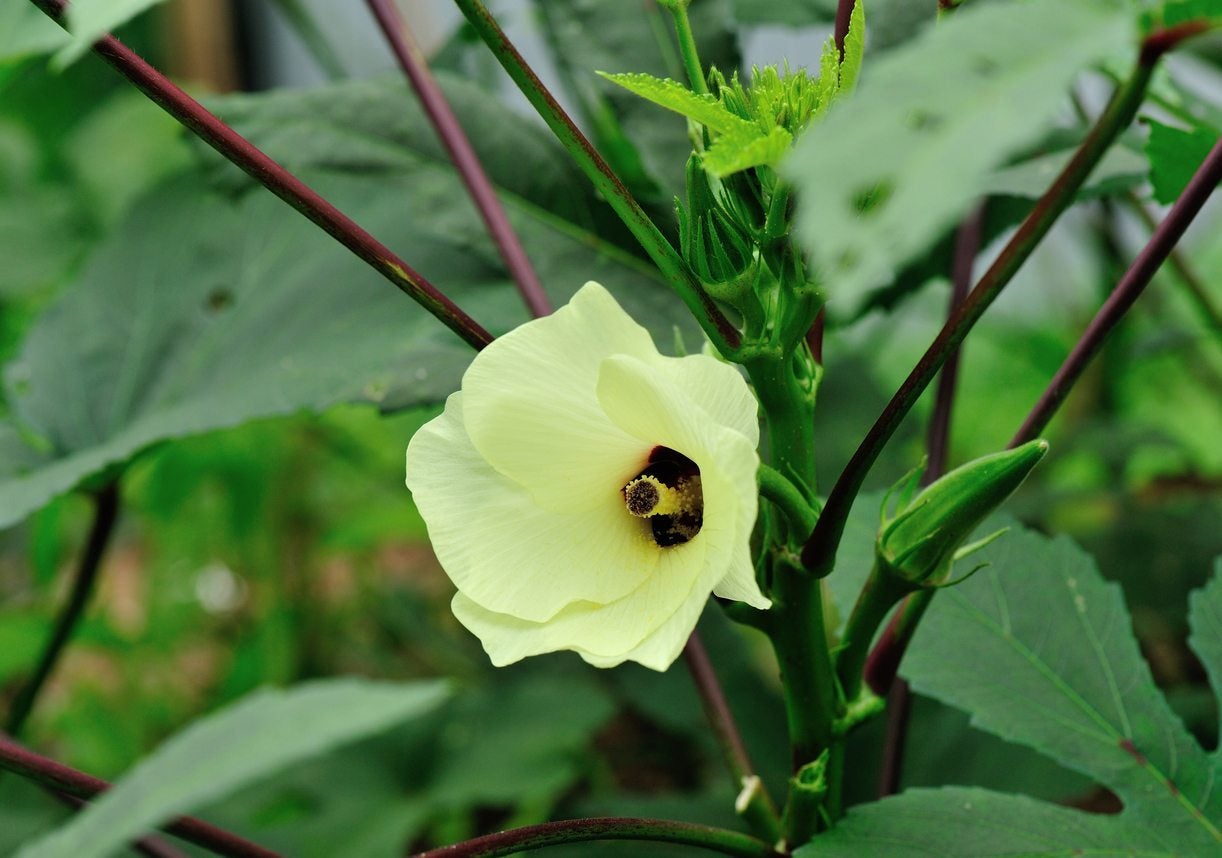
Okra is a great garden plant for warm and hot climates. In addition to the okra pods for cooking, you get to enjoy the flowers, which are similar in appearance to hibiscus flowers. Sometimes, though, gardeners find themselves with a large and seemingly healthy okra plant that has no flowers or fruit. Here are some possible reasons why okra won’t flower.
Why Won’t My Okra Bloom?
Here are the most common reasons for non-blooming okra plants: Time. Flowering should begin around 50 to 65 days after planting, depending on the variety. The plants can then produce pods for 10 to 12 weeks. Okra with no flowers may just require patience. Not enough sun. Okra is a full-sun plant, and it won’t bloom well unless it has at least six to eight hours of daily sun. Not enough heat. Okra likes hot weather and won’t do well in cool climates. Don’t try to plant okra when the soil is cooler than 65 to 70 degrees F. (18-21 C.) in the spring. If your garden is slow to warm up, try starting okra seedlings indoors and carefully transplanting when the soil is warm enough. You can also try some measures to warm the soil in spring, like placing plastic sheeting over the soil. Additionally, look for varieties that are known to do well in your climate. Lack of water or nutrient imbalance. Non-blooming okra may be suffering from a lack of water. Okra is more drought tolerant than many garden plants but watering it will keep it healthier and may make it more productive. Also, okra prefers fertilizers that are higher in phosphorus than nitrogen. Excessive nitrogen can prevent flowering, while applying phosphorus fertilizer can promote blooms.
Reasons for No Flowers on Okra That Previously Produced
If okra pods are allowed to mature on the plant, they will inhibit future flowering. For the plant, the goal of flower and fruit production is to provide seeds for reproduction. When mature fruit is left on the plant, it will direct its resources toward seed development, not producing additional flowers. Be sure to harvest pods promptly when they are the right size to eat, about 2 to 3 inches (5-8 cm.) long. This is usually after only two or three days of growth. Remove any older pods that have become too tough to eat so they won’t reduce future bloom and pod production.
Gardening tips, videos, info and more delivered right to your inbox!
Sign up for the Gardening Know How newsletter today and receive a free copy of our e-book "How to Grow Delicious Tomatoes".
Ilana Goldowitz Jimenez is a scientific and agricultural writer with a B.S. in Plant Sciences from Cornell University and a PhD in Chemical Biology and Infectious Disease from Harvard University.
-
 8 Perfect Flowers To Plant With Tomatoes To Boost Yields & Banish Pests
8 Perfect Flowers To Plant With Tomatoes To Boost Yields & Banish PestsDon’t forget flowers when choosing companion plants for your tomato beds or pots. These pretty, fragrant flowers add beauty but are also highly beneficial.
By Mary Ellen Ellis
-
 Want The Longest Lasting Hydrangea Flowers? Grow These 8 Panicle Hydrangea Varieties
Want The Longest Lasting Hydrangea Flowers? Grow These 8 Panicle Hydrangea VarietiesFor ornamental shrubs that deliver the longest flowering seasons with plush blooms and delicate hues, these panicle hydrangea varieties are essential in your yard
By Tonya Barnett
-
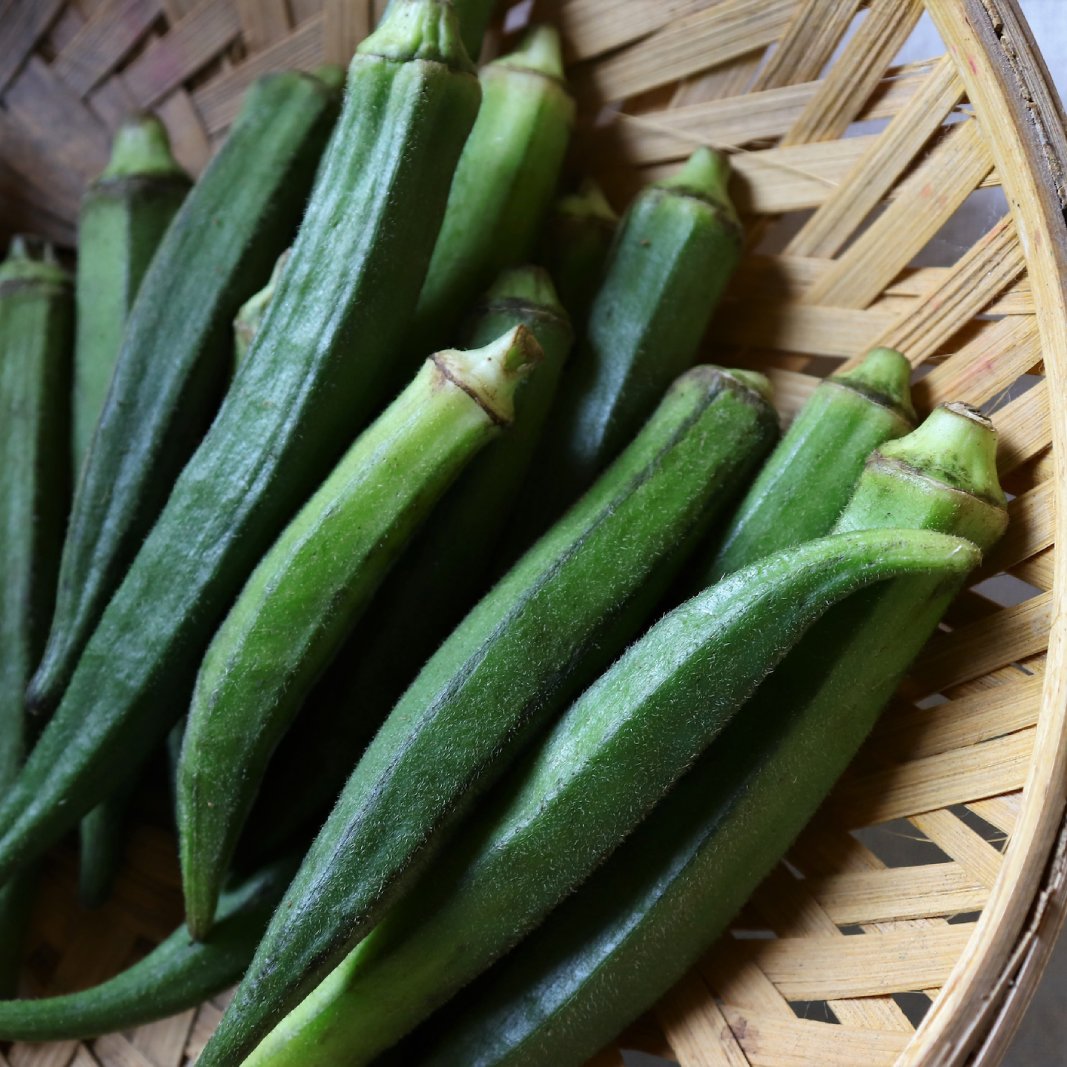 How To Store Okra After Picking
How To Store Okra After PickingLearn how to store fresh okra for up to a year by canning or freezing the harvest. For short-term storage it can go in the refrigerator for two or three days.
By Susan Albert
-
 Edible Okra Leaves – Can You Eat The Leaves Of Okra
Edible Okra Leaves – Can You Eat The Leaves Of OkraMany northerners may not have tried it, but okra is quintessentially southern and linked to the cuisine of the region. Even so, many southerners typically just use the okra pods in their dishes, but what about eating the okra leaves? Can you eat the leaves of okra? Find out here.
By Amy Grant
-
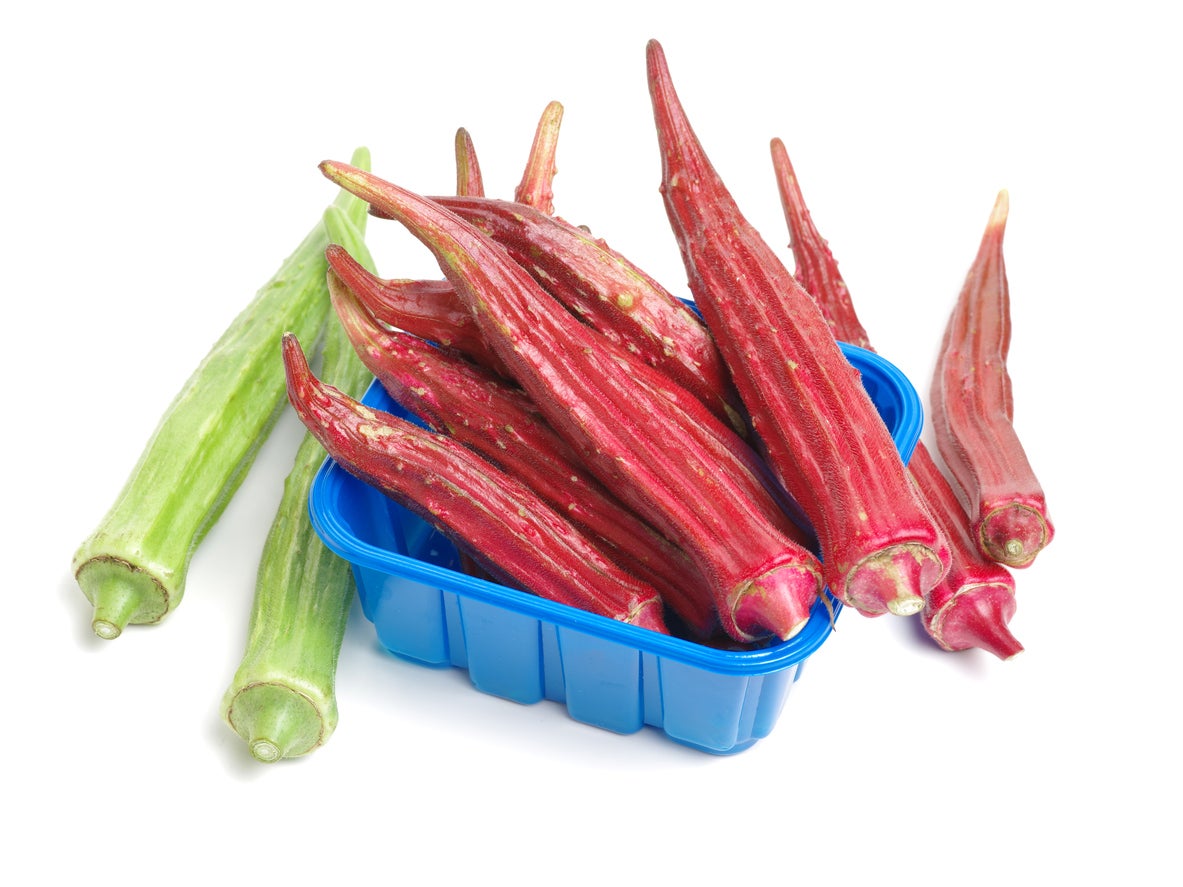 Okra Plant Varieties: Learn About Different Types Of Okra Plants
Okra Plant Varieties: Learn About Different Types Of Okra PlantsBy Teo Spengler
-
Okra Charcoal Rot Information: Learn About Treating Okra Charcoal Rot
Charcoal rot can be a devastating disease for a number of crops, causing rot in the roots and stems, inhibiting growth, and lowering yield. Charcoal rot of okra has the potential to wipe out that section of your garden and even infect other vegetables. Learn more here.
By Mary Ellen Ellis
-
Treating Blight On Okra Plants: Recognizing Southern Blight In Okra Crops
There are times when even the most ardent lover of okra is left with a bad taste in their mouth – and that is when there is blight on okra plants in the garden. Just what is okra southern blight and how do you treat okra with southern blight? Click here to find out.
By Shelley Pierce
-
Cotton Root Rot Of Okra: Managing Okra With Texas Root Rot
Cotton root rot of okra, is a nasty fungal disease that attacks many species of plants. The disease, which favors highly alkaline soils and hot summers, is limited to the Southwestern United States. Learn what you can do about okra with Texas root rot in this article.
By Mary H. Dyer
-
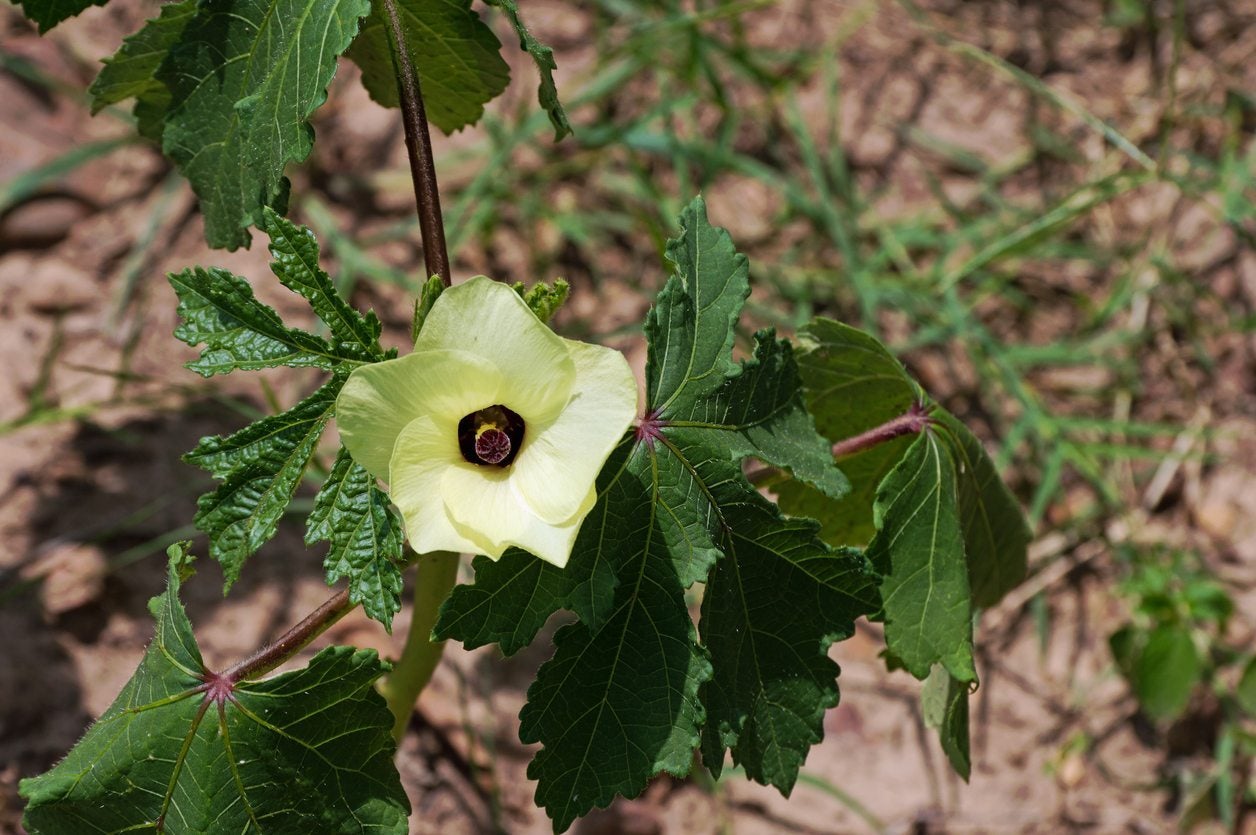 My Okra Flowers Are Falling Off: Reasons For Okra Blossom Drop
My Okra Flowers Are Falling Off: Reasons For Okra Blossom DropOkra is a beloved vegetable, partly because it can live and produce happily even in extreme heat. Because it's usually so reliable, it can be especially frustrating if your okra plant doesn't produce like it should. One such problem is okra blossom drop. Learn more here.
By Liz Baessler
-
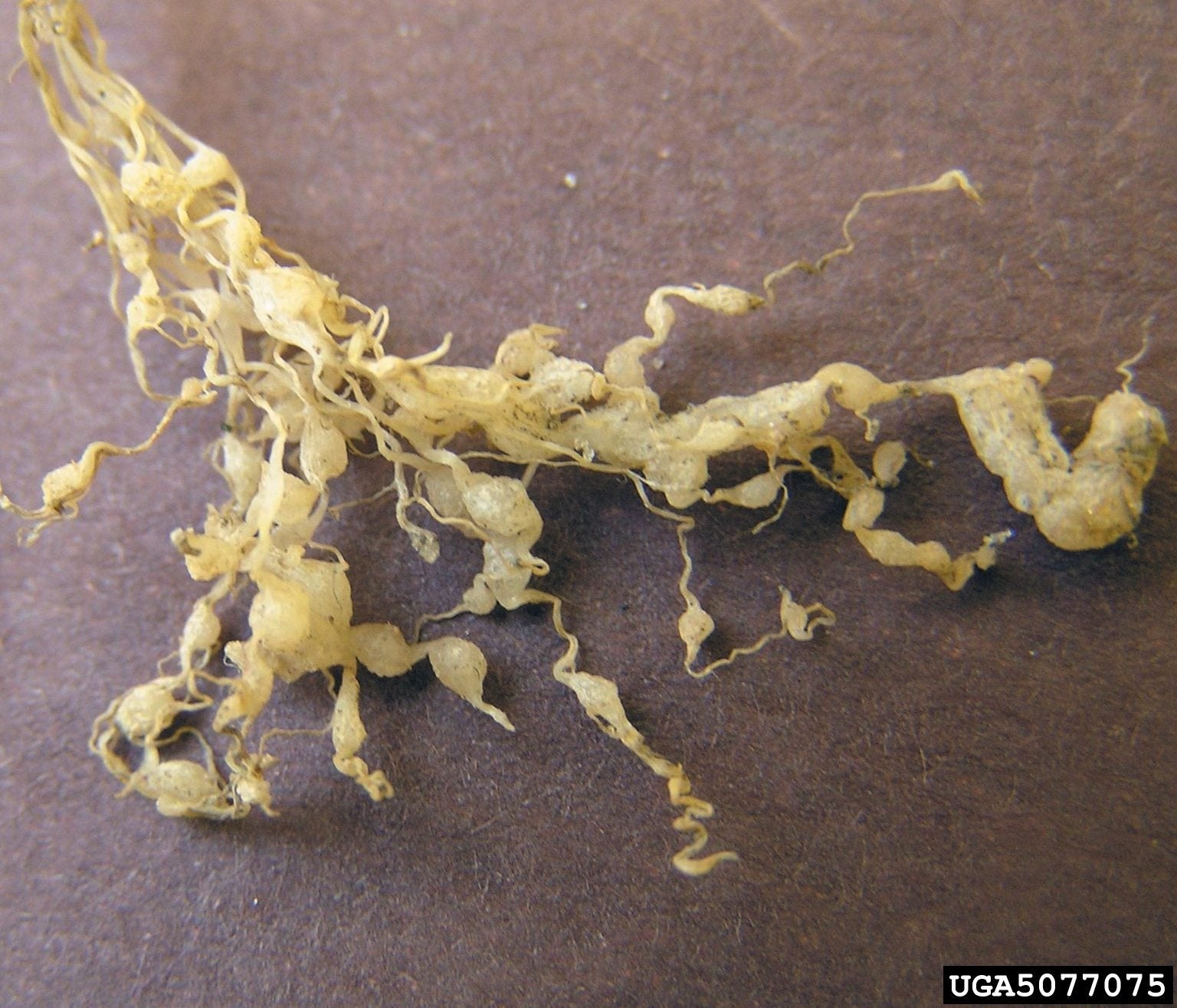 Nematode Okra Problems – Treating Okra With Root Knot Nematodes
Nematode Okra Problems – Treating Okra With Root Knot NematodesSouthern Americans are not the only ones who love their okra; okra root knot nematodes have a penchant for it as well. Okra with root knot nematodes can cause serious losses. How can root knot nematodes on okra be managed? This article can help with that.
By Amy Grant